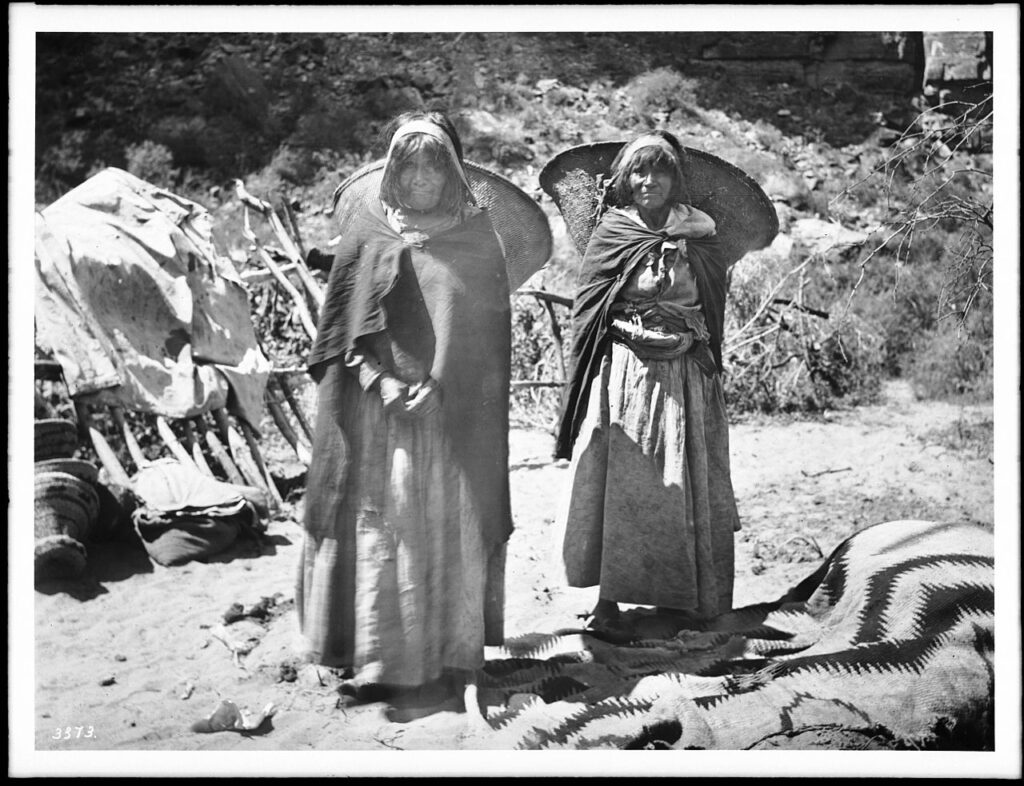
The Havasupai, or Havasu ‘Baaja, are a Native American people who have traditionally lived in the Grand Canyon region of Arizona, particularly in Havasu Canyon. “Havasupai” means “people of the blue-green water,” which reflects the turquoise color of the Havasu Creek that flows through their ancestral lands.
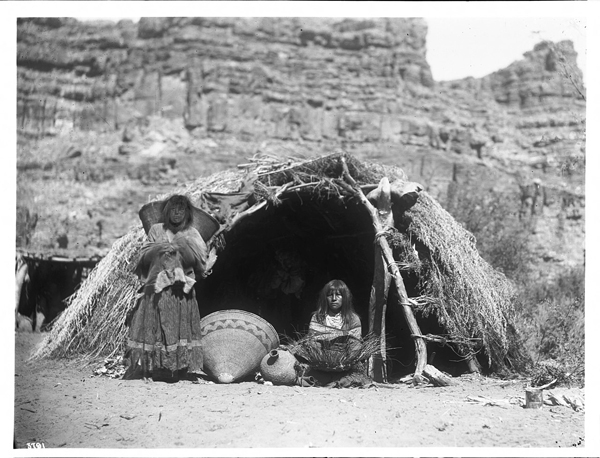
Havasupai’s history and culture include their deep connection to the Grand Canyon, reliance on the area’s natural resources, and their traditional practices as hunter-gatherers. Havasupai people historically hunted game, gathered plants, and engaged in trade with neighboring tribes.
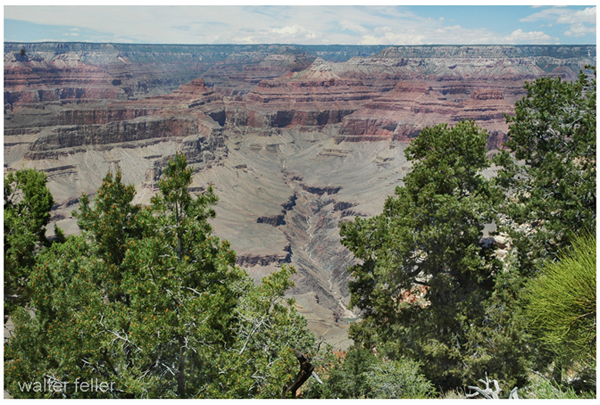
In 1882, the U.S. government established the Havasupai Indian Reservation, which encompasses about 188,077 acres and includes the Havasu Canyon. The reservation is situated within the larger Grand Canyon National Park.
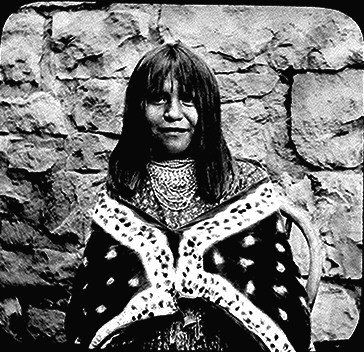
Some notable features of Havasupai land are the Havasu Falls, Mooney Falls, and other waterfalls along Havasu Creek. These natural wonders, known for their striking blue-green waters, attract visitors worldwide.
The Havasupai people maintain cultural traditions, including traditional ceremonies, crafts, and storytelling. The Havasupai language is also preserved within the community.

Tourism plays a significant role in the Havasupai economy, as visitors are allowed to experience the beauty of Havasu Canyon, including its waterfalls and hiking trails. However, the community also faces challenges in maintaining the delicate balance between tourism and preserving cultural and natural resources.
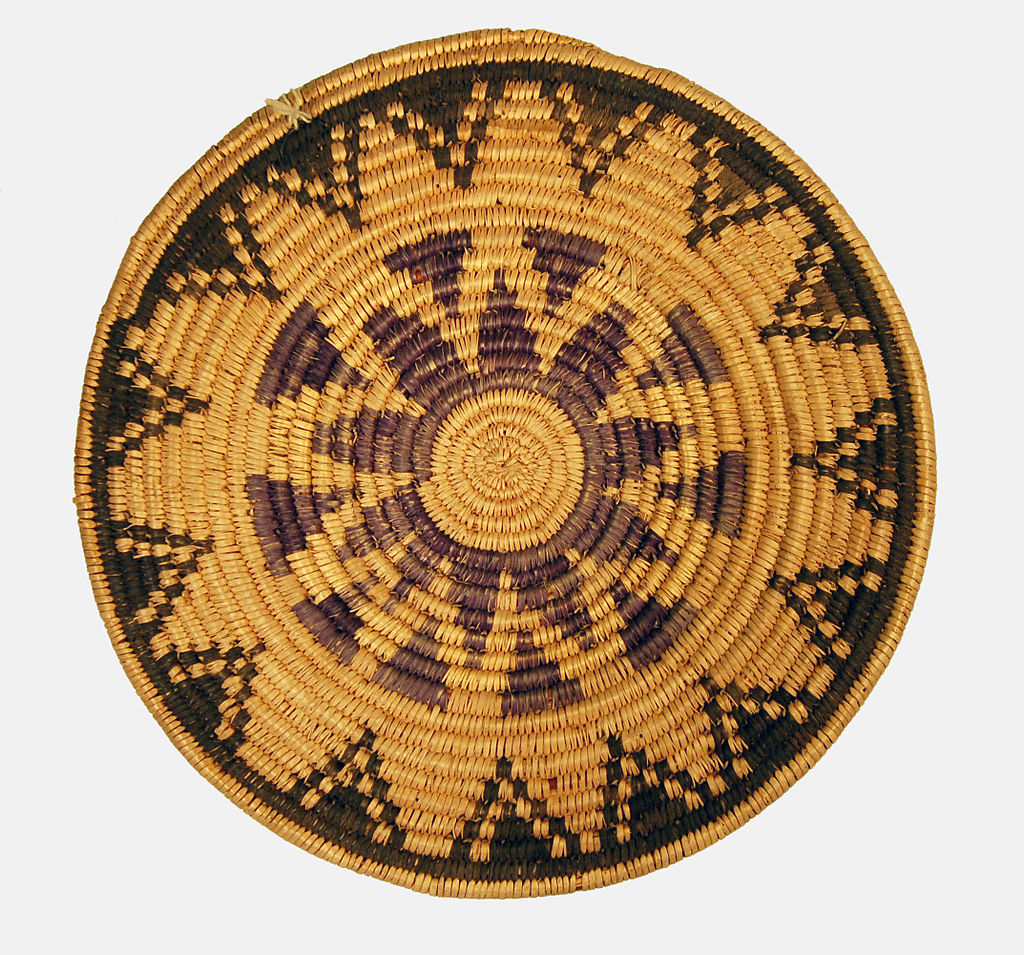
Like other Native American groups, the Havasupai are actively engaged in issues related to tribal sovereignty, land rights, and the broader recognition of indigenous rights.